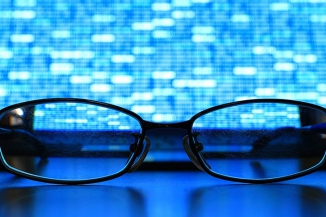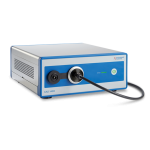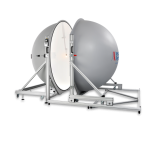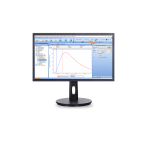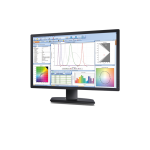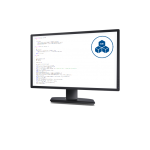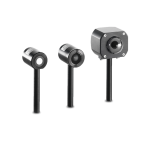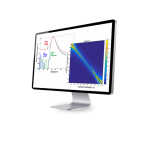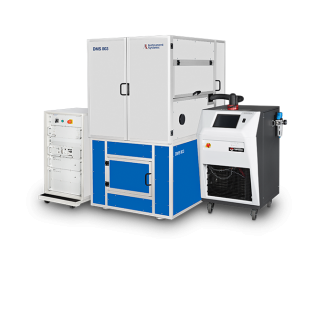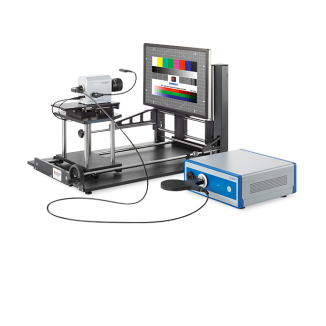Determination of blue light hazard in acc. with IEC 62471 and IEC/TR 62778
Back
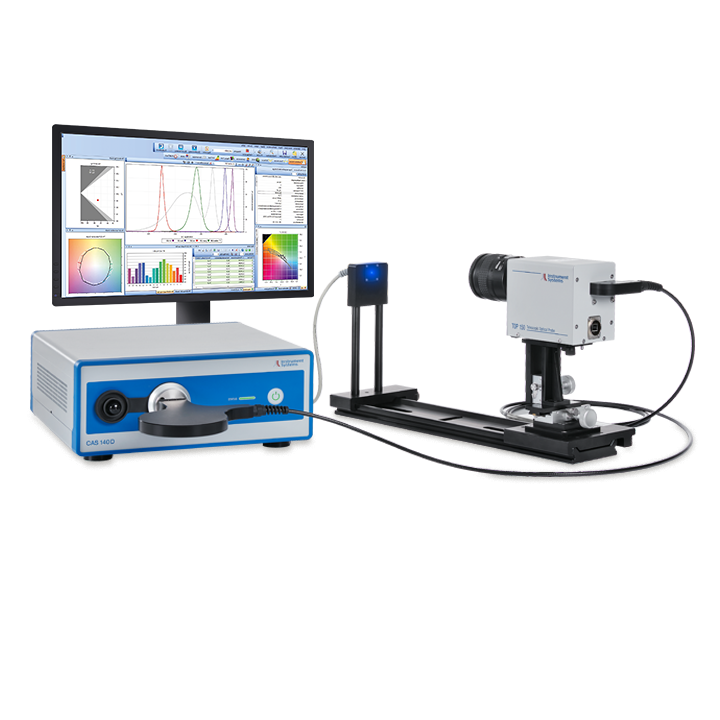
The purpose of the blue light hazard measuring station from Instrument Systems is, e.g. to evaluate and classify LED lamps and luminaires according to blue light hazard as described in Standards IEC 62471 and IEC/TR 62778.
Instrument Systems is represented in all major international standard bodies. Accordingly, the individual system components in our high-end portfolio are subject to ongoing technological upgrading to ensure that they satisfy current requirements. Precise BLH measurements on the basis of our established CAS 140D spectroradiometer guarantee the greatest possible safety in the classification of tested lamps and luminaires in die BLH risk classes.
Key Features:
- Determination of blue light hazard in accordance with international standards
- Subdivision into risk classes based on highly precise measurements
- High sensitivity in the UV range due to the PTFE coating of the integrating sphere
- Stray light correction for best-possible sensitivity of the spectroradiometer in the blue and UV spectral range
Requirements
Strict requirements apply to BLH test systems in accordance with the standards:
- Precise measuring instrument with a high optical dynamic in the less sensitive blue region
- Test adapter optimized to BLH measurement geometry for reproducible measurement
In addition to direct spectral radiance measurement (standard method), as an alternative process international Standard IEC 62471 suggests the measurement of irradiation intensity with a precisely defined field of view. The measured irradiance is divided by the solid angle to determine radiance.
The BLH test systems offered by Instrument Systems enable reliable determination of BLH by the standard method as by the alternative method.
The core piece of the complete system from Instrument Systems for determining the blue light hazard of light sources is a stray light-corrected array spectroradiometer.
For the determination of blue light hazard by the standard method the radiance from 360 nm is directly measured with a TOP 150-BLH telescopic optical probe.
In the alternative method an integrating sphere of PTFE calibrated for irradiance and a tube, including the apertures required for the calculation of radiance, is used as a test adapter. This system covers the entire spectral range of the weighting function for blue light hazard (BLH) from 300 to 700 nm.
Weighting, calculation and analysis for both methods are performed in the SpecWin Pro software.
| Component | Description |
|
Spectroradiometer |
CAS 140D-157 (UV-VIS) for the spectral range from 200-830 nm with particularly high sensitivity in the UV range from 200 nm. |
|
TOP 150-BLH |
A telescopic optical probe with viewfinder camera facilitates positioning and faster measurement of BLH for light sources that exhibit no radiation below 360 nm. |
|
Software |
SpecWin Pro lab software with the integrals and calculations necessary for BLH assessment. |
|
Stray light matrix |
Best-possible stray light properties using a spectrometer-specific numerical stray light correction. |
|
PTFE integrating sphere with aperture tube (alternative method) |
ISP 150-UV integrating sphere coated with PTFE reflective material with an internal diameter of 150 mm for high optical throughput in UV from 200 nm. The tube in the attachment guarantees a measurement distance of 200 mm and includes the necessary apertures to achieve the prescribed solid angle. |
Advice on our systems
Our system experts will be pleased to provide competent advice on your particular application. Together we will find the right solution – just ask us!

